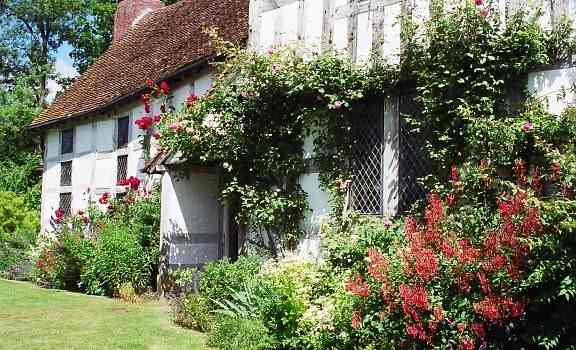
The Local Time is Saturday, 27-Jul-2024 12:24:51 CEST
Places to visit in and around |
|
||||
| YOU ARE HERE: Main Home Page > Places to Visit in Herefordshire |
|
|
|
|
|
|
 |
|
| Hererfordshire Tour and Travel Information Guide for the heart of England UK. The most comprehensive holiday tourism guide on the Internet for the Herefordshire region and surrounding English counties. | ||||||||||||||||||||||
 |
||||||||||||||||||||||
Tourist Information Guide for HerefordshirePlease select a location from the right hand menu in order to gain an insight into the Hereford is the Cathedral City with the relaxed atmosphere of a country market town. Its origin dates back to Saxon times and today visitors delight in the harmony of a rich heritage and modern facilities. A historic centre of intenational importance, the magnificent Hereford Cathedral hosts Europe's oldest Music Featival every three years- The Three Choirs Festival The Black and White Trail was developed as a means of encouraging visitors to take a closer look at the beautiful countryside and villages between Leominster and Kington in the north-west of Herefordshire. The trail, as the name suggests, is characterised by the large number of timbered and half-timbered houses in the area some dating from mediaeval times, others from more recent periods.Eardisland is about 6 miles due west of Leominster and the bridge in the background carries the B4529 road to Leominster over the river. At Bromyard, you can see rural England at its best. Traditional countryside events, such as Bromyard Steam Gala in July and Bromyard Folk Festival in September are held annually. Nearby is Brockhampton Estate where you can enjoy walks through miles of park and woodland, home to a rich variety of wildlife and the chance to visit a medieval moated manor house. Kington, a small historic market town on the English/Welsh border mentioned as 'Chingtune' in the Domesday Book, is a natural focus for walkers. To the north, Offa's Dyke Path and the Mortimer Trail bounder the beautiful scenery of Mortimer Country. Offa’s Dyke Path continues to the south, with the Black Mountains and the River Dore on either side of the splendid walking country of the Golden Valley, connecting with the Wye Valley Walk in the book town of Hay-on-Wye. Before the Industrial Revolution, Kington owed its importance to its agricultural base and its strategic line of communication between England and Wales. Ledbury in the east of the county, is one of Englands text book market towns, full of prime examples of timber-framed buildings. The 17th century black & white Market House, which had originally served as a grain store dominates the town centre,and is supported on pillars of chestnut.it was completed in 1653 by John Abel, the Kings carpenter, another fine example of black & white architecture is The Feather’s Hotel on the High Street. Leominster lies to the north in the heart of the Marches, the beautiful borderlands of England and Wales.The town dates from the 7th century and its history can be seen throughout the town, The 11th century Priory Church which is renowned for having three naves, a 45 foot perpendicular window and a well preserved 'ducking stool', was in use up to early 19th century, to 'still the tongues of nagging women'! and towers above this delightful Market Town. The town is rich in historic buildings,The narrow streets and timber framing retain much of the mediaeval and Tudor characteristics. Market day is Friday when Corn Square is thronged with people around the stalls. Antique shops are the town’s speciality ranging from cheap and cheerful to fine art auctions.and you will find many Antique shops improving your chance of finding real bargains. Herefordshire is an enticing proposition for walkers who love peace and tranquility. As perhaps the most rural county in England, Herefordshire offers a wealth of unspoilt countryside where you can find solitude in which to reflect on the beauty around you. Herefordshire displays a rich diversity of character and landscape. To the east its gentle rolling countryside, green fields and rounded hills, interspersed with charming 'black and white' villages, exhibit many of those features which we think of as typically and traditionally English. To the west, with its rugged hills and dramatic views, the county becomes more Welsh, not only in appearance but also in its climate and its people. For more information please contact Webmaster@royalforestofdean.info |
||||||||||||||||||||||
|
||||||||||||||||||||||
|
||||||||||||||||||||||
| BACK TO TOP | ||||||||||||||||||||||
Places to visit in Herefordshire |
||||||||||||||||||||||
| This page last modified Tuesday, 28-May-2019 10:59:33 CEST | ||||||||||||||||||||||